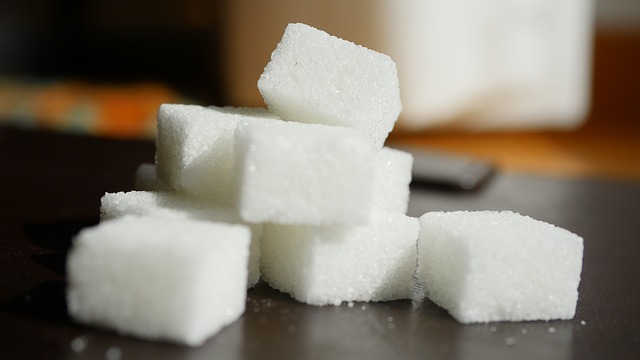Q11 - 13: This diagram shows the digestive system: |
|
||||||||||||||||
11. Which row in the table below correctly identifies organs P and Q?
|
12. Which row in the table below correctly identifies organs X and Y?
|
||||||||||||||||
13. Where in the digestive system is the enzyme amylase produced, which begins the process of breaking down starch into simple sugars?
|
|||||||||||||||||
14. The stomach is very acidic. Which of the following is NOT a function of this acidic environment?
|
|||||||||||||||||
15. Starch is broken down into simple sugars that can be easily absorbed into the blood stream. This absorption mainly occurs in the... |
 |
||||||||||||||||
|
|||||||||||||||||
16. What is the function of the large intestine?
|
|||||||||||||||||
17. The human gut has other living things inside that aid digestion. What are these?
|
|||||||||||||||||
18. Enzymes in the body play a key role in digestion. Which of the following statements best describes enzymes?
|
|||||||||||||||||